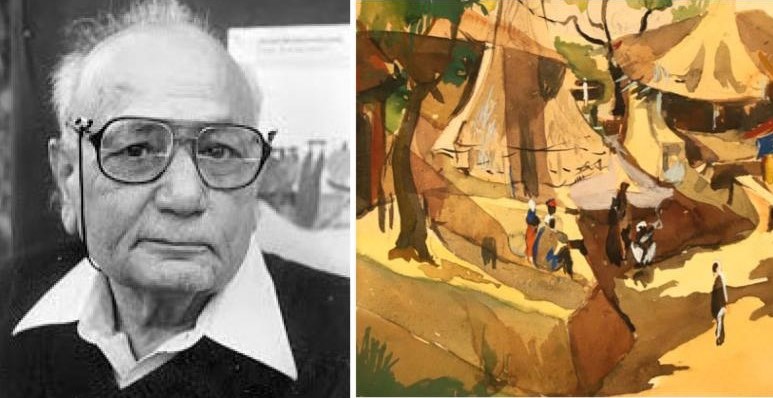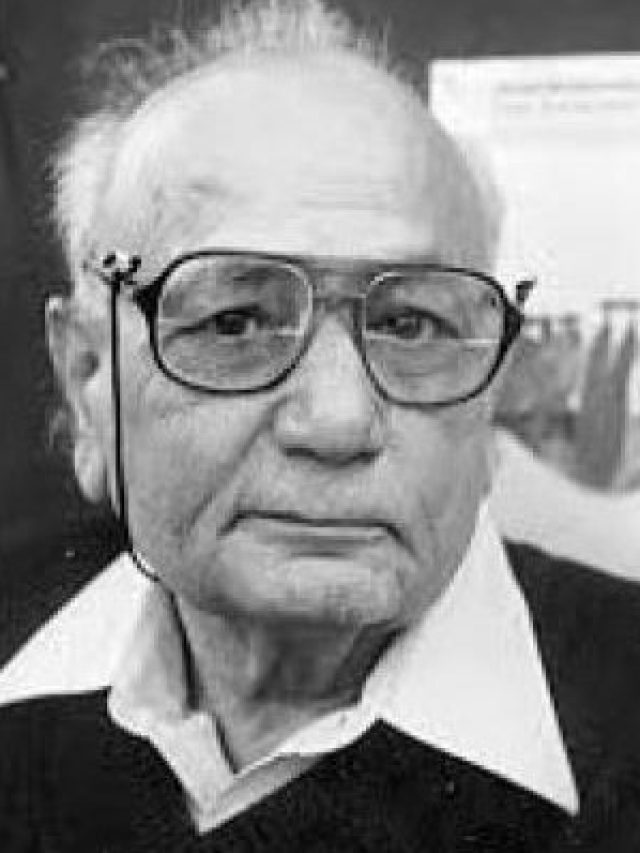19 Aug’23, ON THIS DAY
Why is The progressive art movement influential because they intend to break the rule and style of Indian art. In a word, they modernised Indian Art in different tones and method as they are a group of people who thinks differently. After independence, the Indian Art scene eagerly looked for transformation, and a young group of people gathered in the economic capital of India, Bombay; they started a group and changed the history of Indian Art. H A Gade (1917-2001) is one of them who bring the abstract expressionist layer into the Modern Indian Art scene brilliantly.
H A Gade: Pioneer of Indian Art
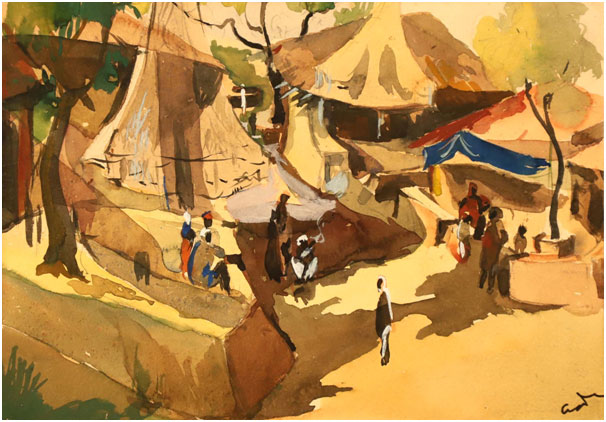
Gade was born in 1917 in Maharastra and studied Science at the University of Nagpur; in 1939, he enrolled Nagpur School of Art and then Master in Art. At the beginning of his career, Gade was a watercolour landscape artist; gradually, he moved into oil painting. The artist looks into subjects differently, and those ways of seeing reflect in his canvas, not as a form but as playfulness of colour. From the beginning of his career, Gade intended to break the colonial values and painting style created by colonial aesthetics. The significant turn in Gade’s artistic style is his affection for the slums and poverty of Bombay in the 1950s is reflected in his work. Gade travels a lot across the country’s affluent territorial beauty and depicts it well.
Exquisite Paintings of Modern artist
In his entire painting career, Gade kept his interest in Science and mathematics aside, and that element is reflected in his paintings subtly; his scientific propensity in their geometrically structured terrains, which are also provocative of the cubist style is highly acclaimed in Indian Modern Art. His significance in modern Indian Art is known for his adequate treatment of colour, and the visual impact that he made is appreciated.
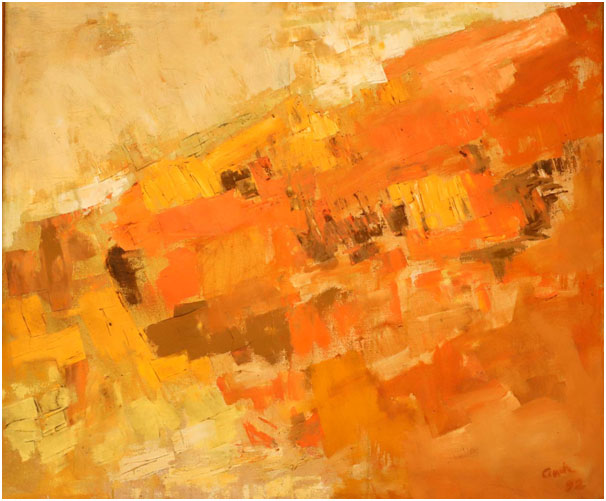
Before and after, as a member of the Progressive Art Movement principles, Gade denied depicting nationalist signs as depicted in the Bengal Art movement and nationalist art practice that belonged to the freedom fight, instead focussed on creating abstract formattings, portraying townships and cityscapes where the shades seep out, indicating the ideal mix of ground and spirit in our cityscapes. Gade uses the palette knife and brushes in his paintings, bringing a dimension to his composition and giving his abstracts new proportions.
The question of why most of Gade’s paintings depict houses is in the air of Art historical research. The surface of Indian Modernity, the changing landscape into cityscapes, narrates the story of Modernised India, and Gade’s canvas documents that change, like the cities of Udaipur, Nasik and Omkareshwar. The painterly narration of those cities brings his painting a formalistic perspective; brick-layered homes with little shuttered windows and fatigued faces appeared to be burning with the pent-up frustrations of their dwellers.
Scholars often suggest Gade’s painting was a vital outcry against the violence that had disrupted the people’s peace, and his stillness brought out the same turbulence through sheer colour modulation.
Exhibitions and Awards
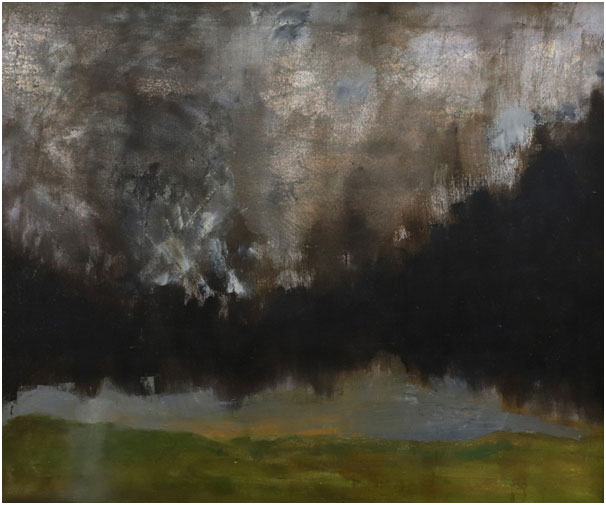
Gade won the Bombay Art Society’s gold medal in 1956 and won the Maharashtra State Art Exhibition and the Saigon Biennale of 1962. Gade participated in several group displays with the Bombay Progressive Artists’ in Mumbai, Baroda, Ahmedabad and Calcutta. He also participated in the Stanford University exhibition in 1949, the Venice Biennale in 1954 and the Indian Art Exhibition, which toured East Europe in 1955-56. He was awarded a gold medal at the annual exhibition of the Bombay Art Society in 1956. He also exhibited at Basle in 1951 and 1956 and Venice in 1957.
Gade’s works are displayed at Dhoomimal Art Gallery (New Delhi), the National Gallery of Modern Art (New Delhi), Lalit Kala Akademi(New Delhi), Bombay Art Society (Bombay), Tata Institute of Fundamental Research (Bombay), and at numerous International Art Galleries at Bangkok, Warsaw, Prague, Budapest, Bucharest, Sofia and Venice.

Krispin Joseph PX, a poet and journalist, completed an MFA in art history and visual studies at the University of Hyderabad.

